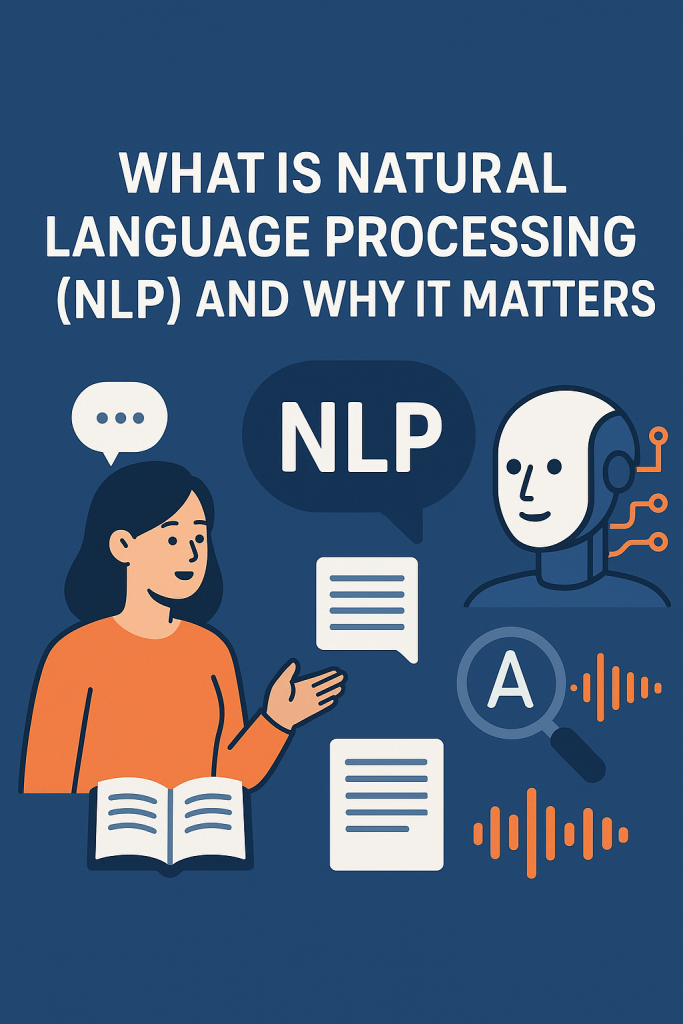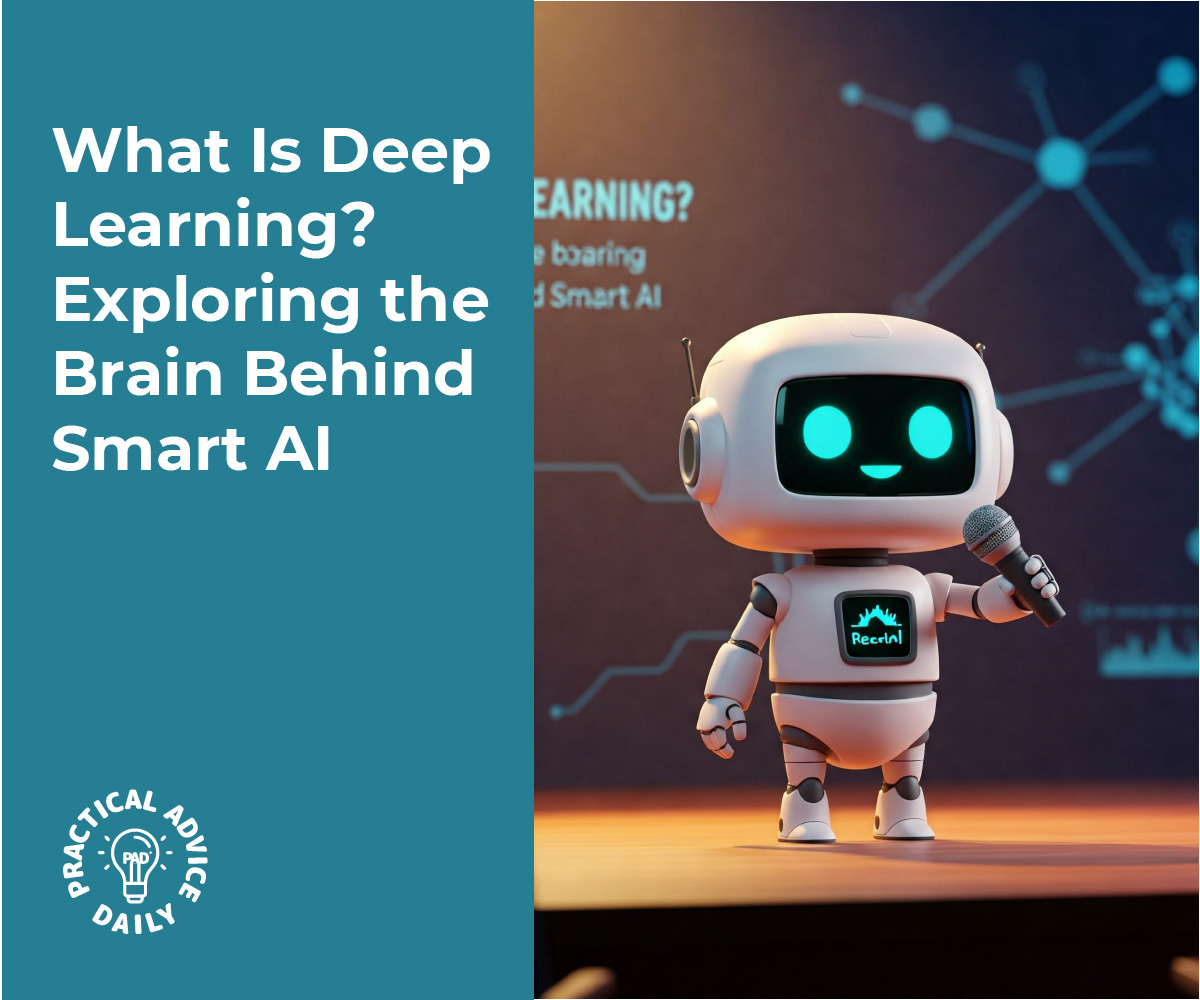Have you ever wondered how a car can drive itself or how your phone recognizes your face? The secret is something called deep learning—a smart technology inspired by the human brain.
Don’t worry—this guide is made for beginners. Even if you’re not a techie, you’ll understand the basics and feel more confident talking about how today’s AI really works.
Table of Contents
Key Takeaways
📌 Deep learning is a type of artificial intelligence (AI) that helps machines learn from examples—just like people do.
📌 It’s used in everyday things like self-driving cars, smart assistants, and photo apps.
📌 Deep learning works by teaching computers to recognize patterns—like a face or a stop sign.
📌 You don’t need to know any tech jargon to understand it. We’ll keep it simple and clear.
What Is Deep Learning? A Simple Explanation
Let’s start with the big picture.
Deep learning is part of artificial intelligence, or AI—which just means getting computers to do things that usually require human smarts. Deep learning is like the “brain” behind many of today’s smartest tools.
But unlike regular computer programs that follow strict rules, deep learning teaches computers to learn from experience—just like we do.

How It Works: Think of It Like Learning to Recognize a Dog
Imagine you’re trying to teach a child what a dog looks like.
You’d show them lots of pictures of different dogs. After a while, they’d begin to notice things that all dogs have in common: four legs, a tail, maybe floppy ears. Eventually, even if they saw a brand-new dog breed, they’d still recognize it as a dog.
That’s how deep learning works.
Instead of hard-coding instructions, we give the computer lots of examples, and it “learns” to spot patterns. The more examples it sees, the better it gets.
Real-Life Examples You Might Know
Here are a few ways deep learning is already part of everyday life:
🛻 Self-Driving Cars
Self-driving cars use deep learning to recognize traffic lights, stop signs, people crossing the road, and other cars. The more they “see,” the smarter and safer they get.
📸 Facial Recognition
When your phone unlocks by scanning your face, it’s using deep learning to recognize your features—eyes, nose, mouth—even with glasses or in different lighting.
🎧 Voice Assistants (Like Siri or Alexa)
Ever ask Siri to set a reminder or play music? Deep learning helps it understand your voice, even if you say the same thing in a different way.
📧 Spam Filters in Email
Deep learning helps your email app spot spam messages based on patterns in language or formatting—so you see fewer junk emails.
But What Makes It “Deep”?
The “deep” in deep learning comes from the many layers of decision-making the computer goes through.
Think of it like baking a cake:
- First, you gather ingredients.
- Then, you mix and bake.
- Finally, you decorate.
Each layer builds on the one before it. In deep learning, each “layer” of the computer’s thinking helps it get better at understanding complex information—just like your brain processes sights, sounds, and memories.
Is Deep Learning the Same as AI?
Not exactly.
- Artificial Intelligence (AI): The big umbrella—any computer doing something “smart.”
- Machine Learning: A part of AI where computers learn from data.
- Deep Learning: A type of machine learning that mimics how the brain works.
So, deep learning is like the most advanced part of AI.
Final Thoughts
Deep learning might sound complicated, but at its core, it’s just about computers learning from experience—much like people do.
You’ve already taken the first step by learning the basics. Next time someone talks about self-driving cars or facial recognition, you’ll know there’s a learning “brain” behind it—and it’s called deep learning.
If you’re curious, feel free to explore more beginner-friendly guides. There’s a whole world of smart tech out there—and it’s not as scary as it sounds.
